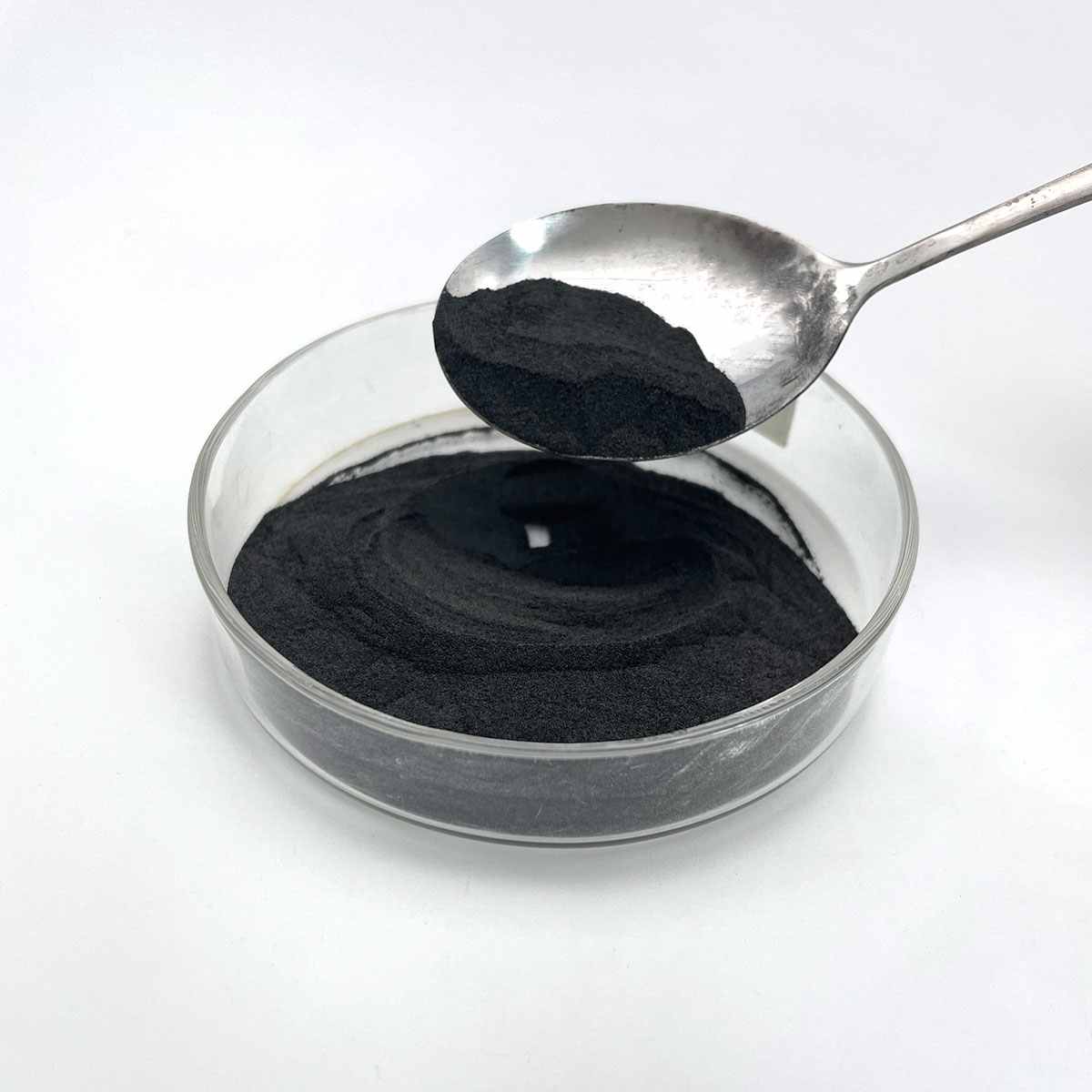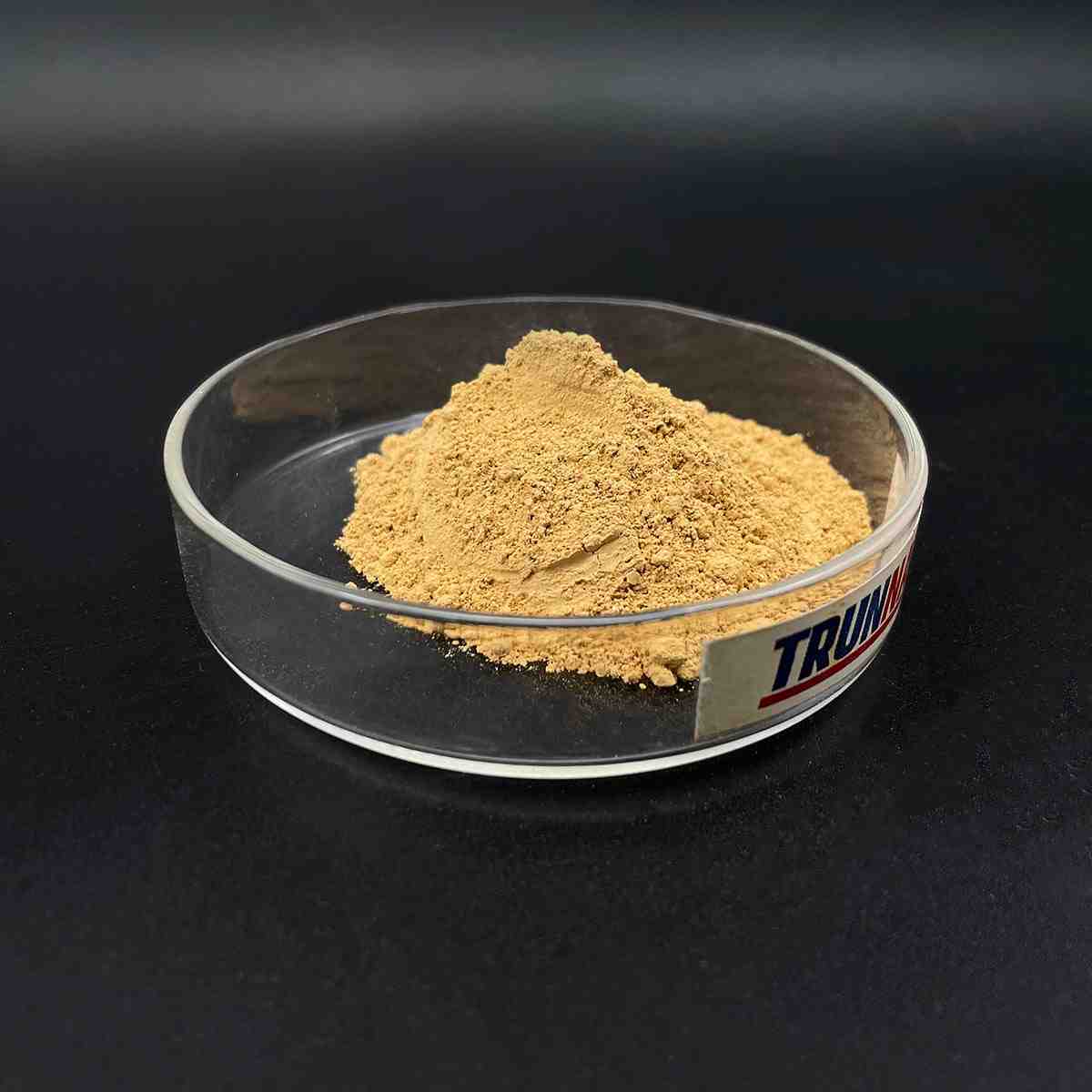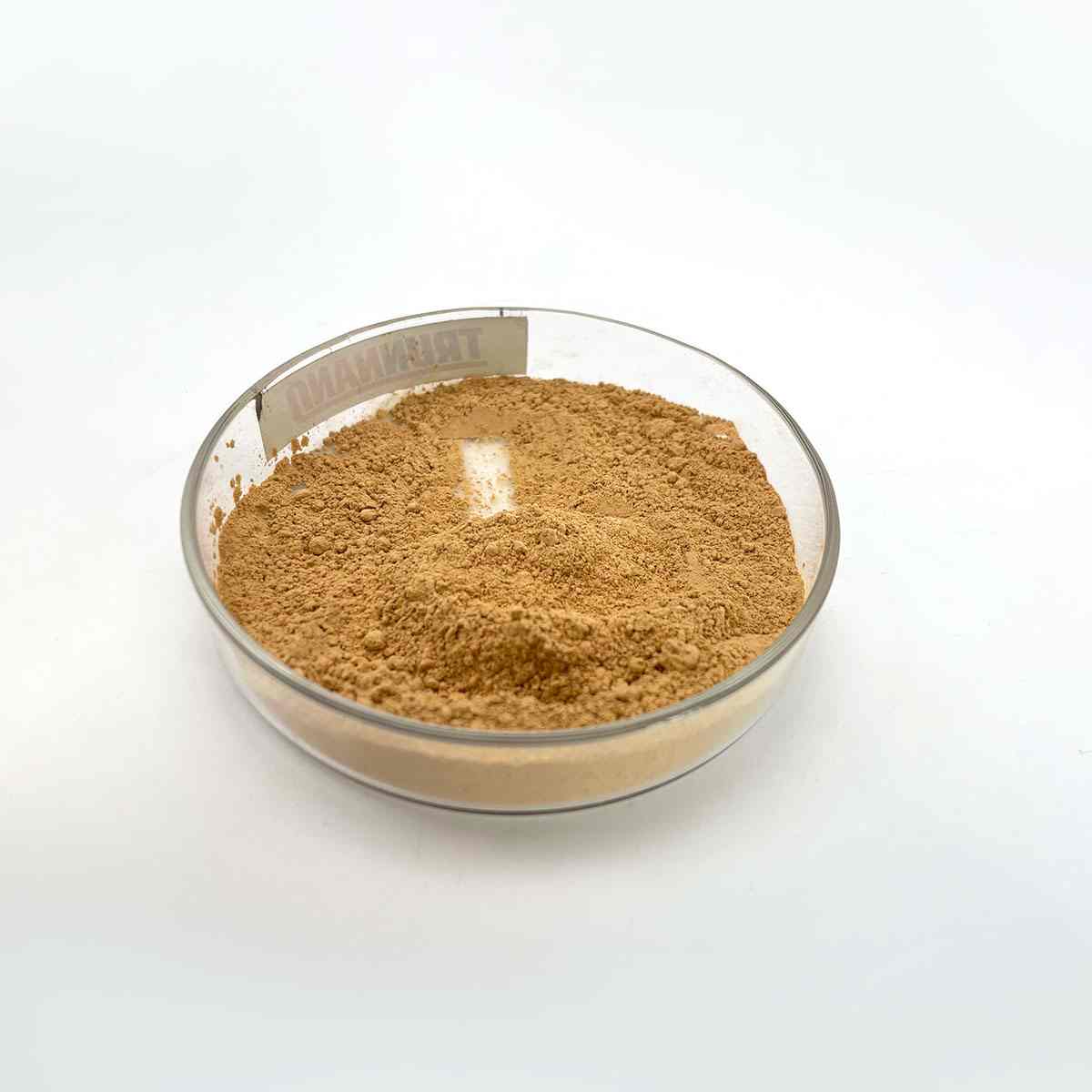Overview of Thermoelectric Materials CAS 1304-82-1 99.99% Bi2Te3 Powder Bismuth Telluride
Telluride and selenide compounds play a significant role in the field of semiconductors, particularly in the development of advanced electronic and optoelectronic devices. These materials belong to the chalcogenide family, characterized by their ability to form compounds with elements from groups IV-VI in the periodic table.
Tellurides: Compounds containing tellurium (Te) as the chalcogen. Examples include cadmium telluride (CdTe), mercury telluride (HgTe), and zinc telluride (ZnTe). These materials have found applications in solar cells, infrared detectors, and high-speed electronics due to their tunable bandgap, high electron mobility, and good thermal stability.
Selenides: Similar to tellurides, but with selenium (Se) replacing tellurium. Notable examples are cadmium selenide (CdSe), gallium selenide (GaSe), and zinc selenide (ZnSe). Selenide compounds are widely used in light-emitting diodes (LEDs), laser diodes, and solar cells due to their direct bandgap properties and efficient light absorption/emission capabilities.
Feature of Thermoelectric Materials CAS 1304-82-1 99.99% Bi2Te3 Powder Bismuth Telluride
Direct Bandgap: Many telluride and selenide semiconductors have direct bandgaps, which facilitate efficient light emission and absorption processes. This makes them suitable for optoelectronic applications such as LEDs and lasers.
Tunable Bandgap: The bandgap of these materials can be adjusted by alloying or altering the composition (e.g., CdSe to CdTe), enabling customization for specific device requirements across a wide spectrum of wavelengths.
High Electron Mobility: Materials like HgCdTe exhibit high electron mobility, which is crucial for high-speed electronic devices and low-noise detector applications.
Thermal Stability: Some tellurides and selenides, like ZnTe and ZnSe, demonstrate good thermal stability, making them suitable for high-temperature operation and processing.
Non-Toxic Alternatives: With increasing environmental concerns, there’s a push towards exploring less toxic alternatives to commonly used semiconductors. For instance, Cd-based tellurides and selenides are being replaced or combined with less toxic elements like Mg or Mn in some applications.

(Thermoelectric Materials CAS 1304-82-1 99.99% Bi2Te3 Powder Bismuth Telluride)
Parameters of Thermoelectric Materials CAS 1304-82-1 99.99% Bi2Te3 Powder Bismuth Telluride
Bismuth Telluride (Bi2Te3), also known as Bismuth Tri Telluride, is a thermoelectric material with the chemical formula Bi2Te3 and the CAS number 1304-82-1. It holds exceptional promise in various applications due to its unique properties, primarily its ability to convert temperature differences into electrical voltage and vice versa, making it an efficient material for waste heat recovery and thermoelectric generators.
At 99.99% purity, Bi2Te3 powder exhibits high crystalline quality, which is crucial for optimizing thermoelectric performance. The material consists of bismuth (Bi) and tellurium (Te) atoms arranged in a specific crystal structure, typically in a rhombohedral form. This structure allows for efficient phonon scattering, which is key to minimizing thermal conductivity and enhancing the Seebeck coefficient, a measure of the voltage generated per temperature difference.
One of the most notable features of Bi2Te3 is its high thermoelectric figure of merit (ZT), a dimensionless parameter that quantifies the efficiency of a thermoelectric material. ZT is calculated by considering the Seebeck coefficient, electrical conductivity, and thermal conductivity. High ZT values indicate better performance, and Bi2Te3 has shown ZT values close to 1 or even above under certain optimized conditions, outperforming many other materials.
Moreover, Bi2Te3 is environmentally friendly, as it is composed of abundant and non-toxic elements. Its stability makes it suitable for use in a wide range of temperatures, from cryogenic to elevated temperatures, which broadens its applicability in areas like refrigeration, power generation, and electronic cooling systems.
In the field of renewable energy, Bi2Te3 is used in thermoelectric generators, where it can convert waste heat from industrial processes or automobiles into electricity. This property makes it an attractive solution for improving energy efficiency and reducing greenhouse gas emissions. Additionally, it finds applications in advanced electronic devices, such as thermoelectric coolers, where it can provide compact and efficient cooling solutions without moving parts.
Research is continually pushing the boundaries of Bi2Te3’s potential, exploring novel techniques to enhance its performance, including nanostructuring, doping, and alloying with other elements. These advancements aim to improve the material’s properties, enabling more widespread adoption in various industries.
In conclusion, Bi2Te3, with its CAS number 1304-82-1 and 99.99% purity, stands out as a premier thermoelectric material due to its exceptional thermoelectric properties, wide temperature range, and eco-friendly nature. Its versatile applications in energy conversion, waste heat recovery, and electronic cooling systems make it a promising candidate for sustainable technologies in the future. Ongoing research continues to refine and optimize this material, ensuring its relevance in the evolving world of energy and technology.

(Thermoelectric Materials CAS 1304-82-1 99.99% Bi2Te3 Powder Bismuth Telluride)
FAQ of Semiconductor Materials
Inquiry us






